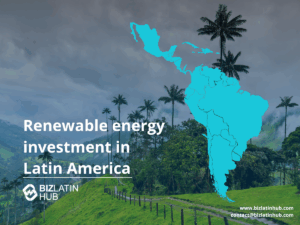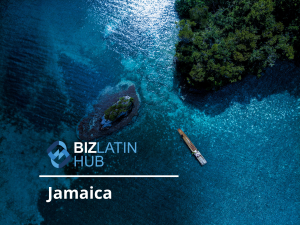Liquidation across Latin America involves a blend of legal, financial, and administrative processes. Though each nation has its own corporate and registry frameworks, most follow a broadly similar path: a decision to wind up, appointing a liquidator, settling obligations, and deregistering. Below is a streamlined guide with regional considerations and sample procedures from select countries. By staying compliant, you can restart with new company formation in Latin America.
Key takeaways on how to liquidate a company in Latin America
| Main Steps | Shareholder resolution or court order; appoint liquidator; notify authorities; liquidate assets; settle debts; prepare and file final accounts; deregister company. |
| Typical Duration | Ranges from 4 months to over a year—depending on documentation, compliance, and complexity. |
| Types of Liquidation | Voluntary (shareholder‑initiated) and compulsory (creditor/court‑led). |
| Regional Variations | Country‑specific procedures for notifications, publications, tax clearance, and registry filings. Examples: Peru, Chile, Paraguay, El Salvador, Bolivia. |
Step‑by‑Step Process to Liquidate a Company in Latin America
Step 1 – Shareholder Resolution or Court Action
Most countries require a formal decision—usually at a shareholders’ meeting—to dissolve the company and appoint a liquidator. In insolvency or dispute cases, courts may mandate liquidation.
- Chile: Begins with a shareholders’ meeting and resolution.
- Paraguay: Grounds include term expiration, insolvency, or unanimous partner agreement.
Step 2 – Appoint and Register the Liquidator
A liquidator (often legally or financially experienced) must be appointed—and their appointment formally registered.
- Peru: The liquidator’s appointment must be registered with SUNARP.
- Venezuela: Appointment must be registered and published.
Step 3 – Notify Authorities & Publications
Liquidation is often published in official or widely circulated newspapers, tax authorities, and commercial registries.
- Peru: Requires publication for three consecutive days and registration at SUNARP and SUNAT.
- El Salvador: Involves notifying registry and notaries.
- Bolivia: Notification through FUNDEMPRESA registry.
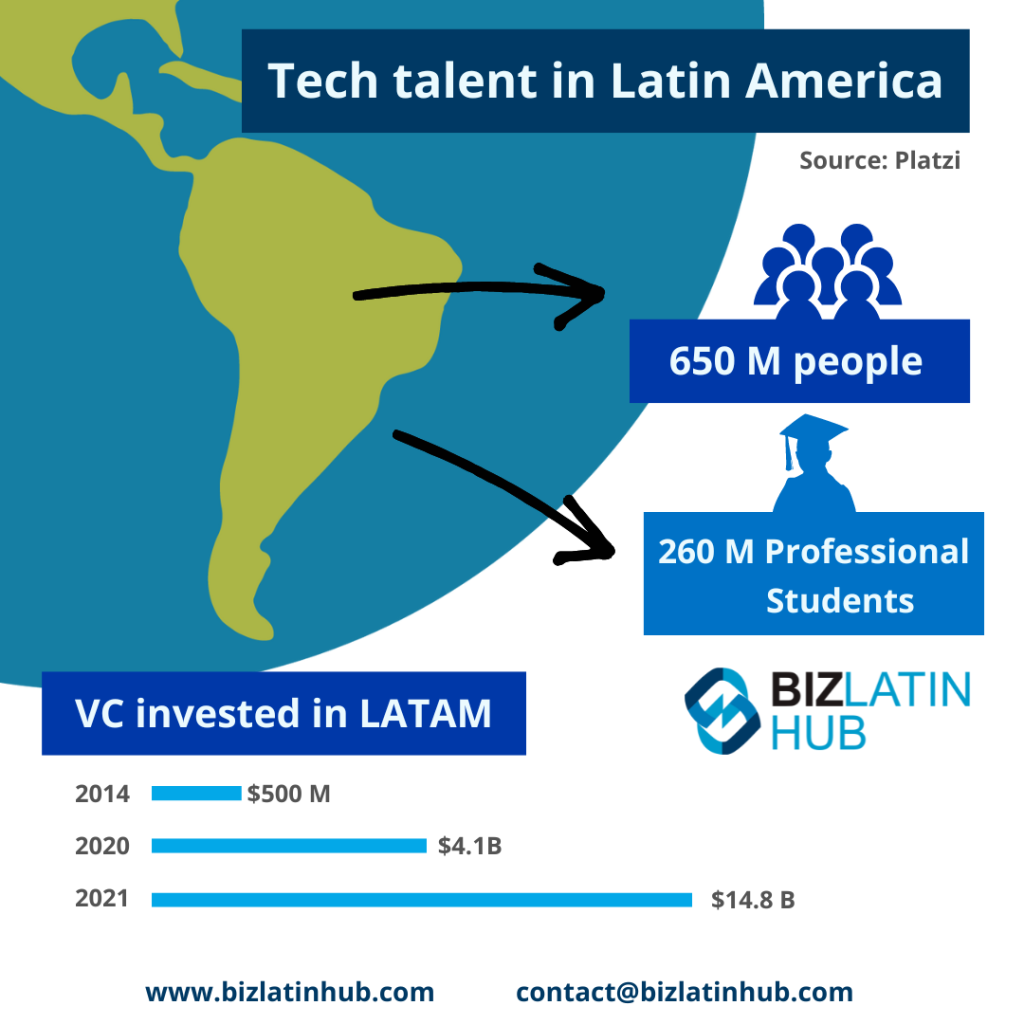
Step 4 – Inventory and Asset Liquidation
Assets are collected, inventoried, and sold to settle debts. The liquidator oversees settlement of creditors before any distributions.
- Paraguay: Liquidators must manage assets, settle debts, and cannot distribute to partners before creditors are paid.
Step 5 – Creditor Settlement & Final Distribution
Creditors (tax authorities, employees, banks) must be paid in the legally established order. Any remaining assets go to shareholders or partners.
Step 6 – Prepare & File Final Accounts
A final settlement or liquidation account is drafted, summarizing asset realization and debt distribution. Approval and filing with the appropriate registry are required.
- Peru: Audited final accounts and settlement act must be filed.
- El Salvador: Final accounts must be prepared, approved, and submitted before deregistration.
Step 7 – Deregistration / Cessation of Company
Once final documentation is submitted, the company is deregistered and extinguished. Tax clearance and official registry updates conclude the process.
Regional Highlights and Examples
- Chile: Requires newspaper publication and clearance of employee and tax obligations before registry cancellation.
- Peru: Typically takes 4–6 months, assuming smooth compliance.
- Bolivia: May take 6–12 months; includes formal registry clearance.
- Paraguay: Uses a One‑Stop Shop platform (SUACE) to streamline filing and registry procedures.
- El Salvador: Emphasizes a unanimous shareholder vote, public deed, and registry deregistration.
Final Thoughts
Liquidating a company in Latin America requires careful adherence to both legal procedures and registry protocols. Though regional practices align in broad outlines—decision, liquidation, settlement, deregistration—administrative details such as required notices, registry systems, and government authorities differ. Partnering with local legal and accounting experts ensures a compliant and efficient closure process.
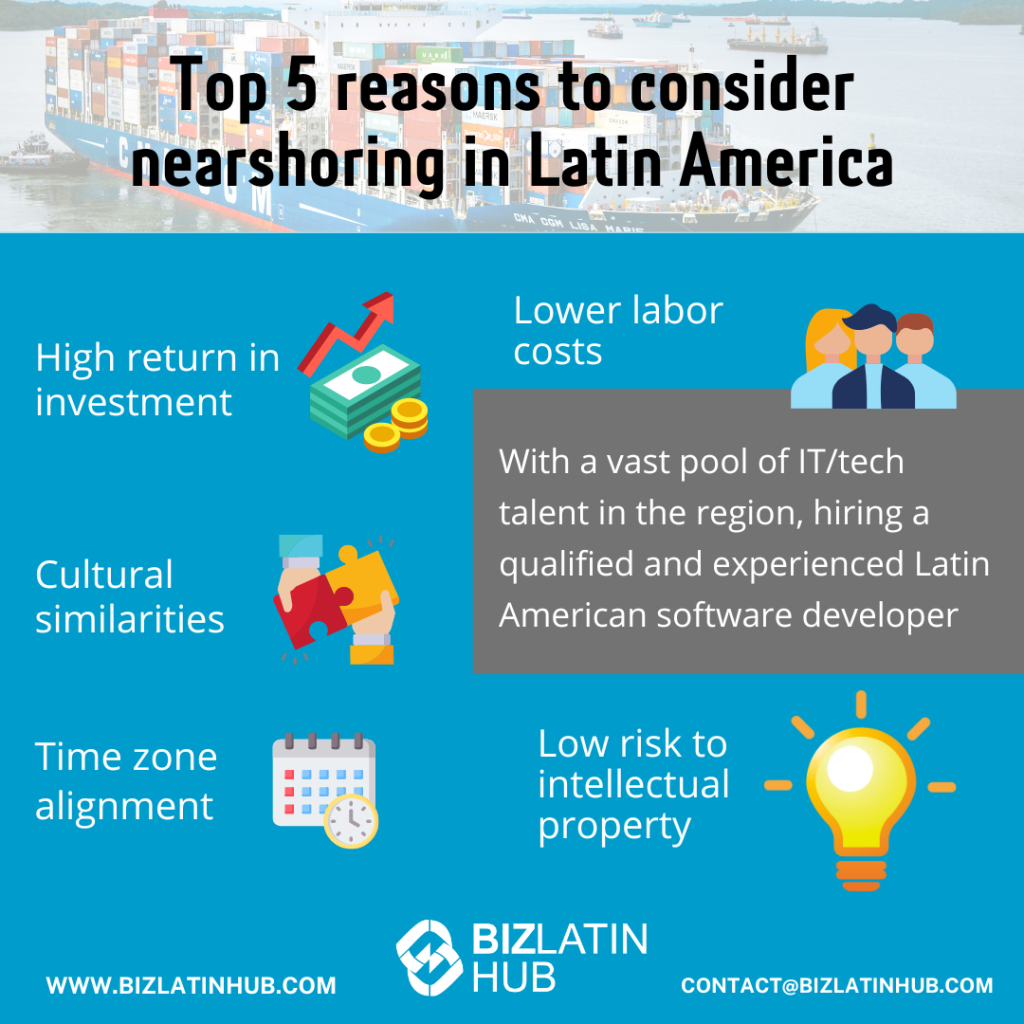
FAQs on How to Liquidate an Entity in Latin America
These are the most common queries from our clients.
Generally begins with a shareholder resolution or court order. A liquidator is appointed; authorities are notified; assets liquidated; debts settled; final accounts filed; and the company deregistered. Specific steps vary by country (e.g. Peru’s SUNARP/SUNAT filings, Chile’s publications, Paraguay’s SUACE system).
Typical timelines range from 4 months in Peru to 12+ months in Bolivia or Chile, depending on documentation, tax status, and legal complexity.
Common reasons include completion of business purpose, insolvency, shareholder agreement to dissolve, or judicial decision due to non‑compliance or market failures.
Yes. Creditors or authorities can initiate court-driven liquidation due to unpaid debts, insolvency, or breaches of legal obligations—the process then follows judicial supervision.
In many countries, yes—through a local representative with power of attorney. Chile explicitly allows this.
Non‑liquidated companies remain legally liable (taxes, penalties) and may be subject to forced liquidation or fines. Formal liquidation extinguishes ongoing obligations.
No. Voluntary liquidation via shareholder resolution is common. Court processes only apply in insolvency, forced requests, or disputes. Mechanisms like simplified procedures (e.g. Mexico) may also apply.
Typically: shareholder resolution and minutes, liquidator appointment, tax clearance certificate, proof of publication, audited final accounts or settlement act, registry filings, and deregistration forms. Specific requirements vary by jurisdiction.
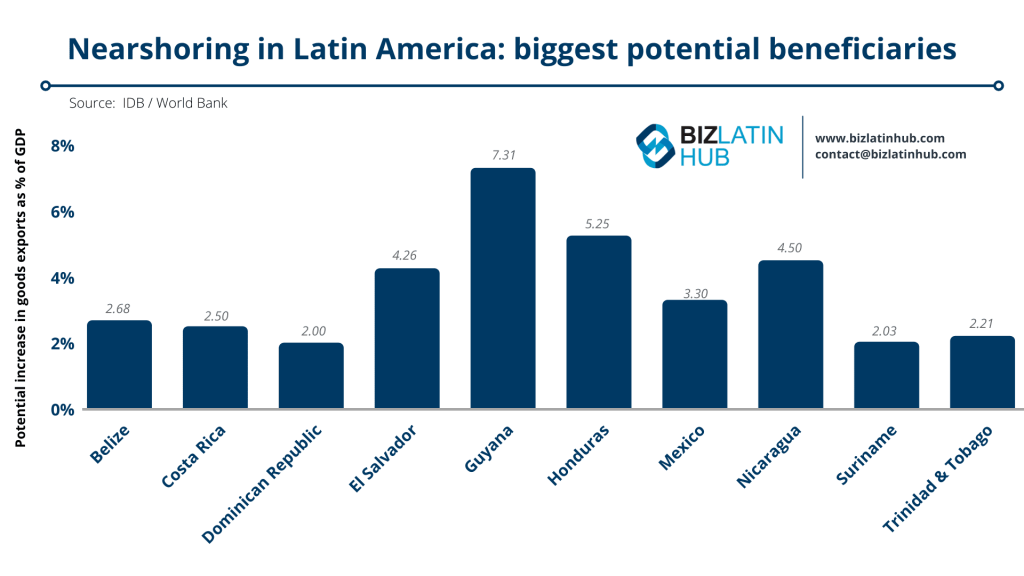
Biz Latin Hub can help you with entity liquidation in Latin America
At Biz Latin Hub, our multilingual team of company formation specialists has extensive experience in supporting foreign executives when starting a business in Latin America. We offer a complete set of services for your business needs, such as legal, accounting, and recruitment support.
You can rely on us as your main contact for entering and doing business in any of the 18 markets in Latin America and the Caribbean where we operate.
Contact us now for personalized assistance or a free quote on company formation in Latin America.
Learn more about our team and expert authors.


